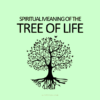
In spirituality, some sacred words offer deep insights beyond their meanings. By understanding their true essence, you can unlock new levels of awareness and connection.
In this article, let’s look at 20 powerful words to guide your spiritual awakening, each with the potential to transform your journey and elevate your understanding.
20 Words of Wisdom Every Spiritual Explorer Should Know
1. Nonduality or Advaita
Nonduality, or Advaita, implies oneness. It suggests that everything originates from a single source and ultimately returns to it. This source’s energy is present within everything that exists.
In many Eastern traditions, the perception of duality, or separation, is considered an illusion called Maya. Realizing nonduality is believed to lead to enlightenment, where one understands that all distinctions and divisions are mere appearances, and everything is one.
2. Duality or Dwaita
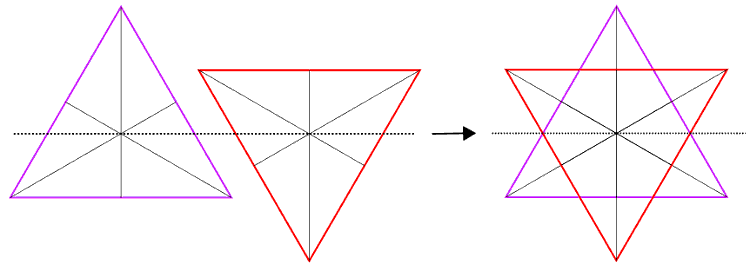
Duality, or Dwaita, means “two.” It suggests that all phenomena result from the interaction between two opposing yet complementary forces.
Examples of duality include the divine feminine and masculine, night and day, mind and body, and the material and spiritual realms.
Both nonduality and duality are complementary concepts. Together, they suggest that a single source split into two to create the physical world.
3. Akasha or Ether
Akasha is a Sanskrit term meaning “ether” or “space.” In spiritual contexts, it refers to the fifth element (in addition to earth, water, fire, and air) and is considered the medium through which vibrations and energy travel.
Akasha is also associated with the Akashic Records, a metaphysical compendium of all thoughts, events, and experiences that have ever occurred, believed to be accessible through spiritual practices.
4. Chakra
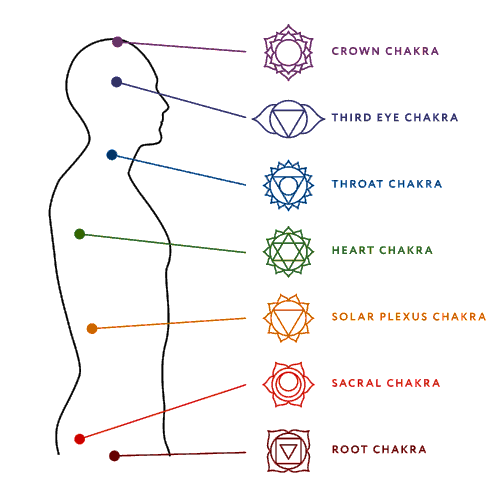
Chakras are energy centers within the human body according to Hindu and Buddhist traditions. There are seven main chakras, each corresponding to different aspects of physical, emotional, and spiritual well-being.
These include the Root, Sacral, Solar Plexus, Heart, Throat, Third Eye, and Crown chakras. Balancing and aligning these chakras is believed to promote overall health and spiritual development.
5. Prana
Prana is the vital life force or energy that permeates all living beings and the universe. Known as Chi in Chinese tradition, prana serves as the vital link between the physical and spiritual dimensions of your being.
Understanding and harnessing this energy can lead to a deeper connection with yourself and the universe around you.
6. Satori
Satori is a Japanese term used in Zen Buddhism to describe a sudden flash of enlightenment or spiritual awakening. It represents a moment of profound insight into the true nature of existence, often accompanied by a sense of unity and inner peace. Satori is seen as an important milestone on the path to full enlightenment known as kensho.
7. Sadhana
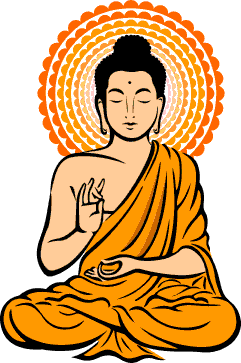
Sadhana is a disciplined spiritual practice or journey, undertaken to achieve spiritual goals. It involves regular and dedicated practices such as meditation, chanting, yoga, and rituals.
Sadhana is considered essential for personal growth and spiritual development, helping practitioners to cultivate inner peace, wisdom, and connection with the divine.
8. Turiya
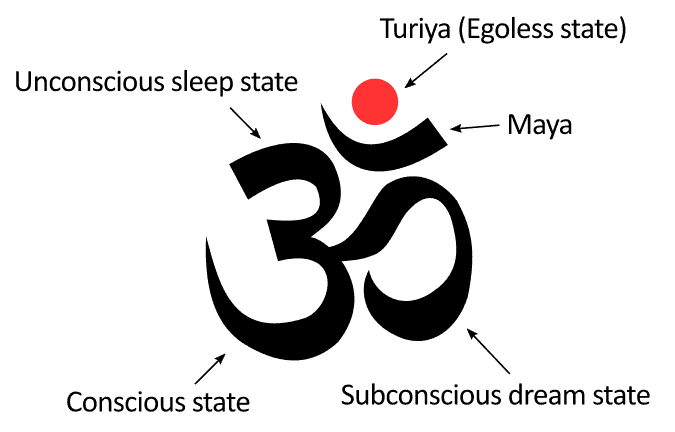
Turiya is a Sanskrit term meaning “the fourth state” of consciousness, beyond the waking, dreaming, and deep sleep states. It represents pure, transcendental awareness, where the individual experiences unity with the ultimate reality. Turiya is described as a state of consciousness that is always present but often obscured by the other three states.
9. Nada
Nada refers to the inner sound or divine vibration heard in deep meditation. It is considered a subtle, spiritual sound that can guide practitioners to higher states of consciousness and spiritual awakening. In the context of Nada Yoga, it is believed that focusing on this inner sound helps to quiet the mind and attune oneself to the vibrations of the universe.
10. Purusha and Prakriti
In Hinduism, Purusha and Prakriti represent the concept of duality or Dwaita. Purusha represents pure consciousness or the spiritual self, while Prakriti represents the material world and nature. They are also known as Shiva and Shakti. The interaction between Purusha and Prakriti gives rise to the manifested universe.
11. Yantra
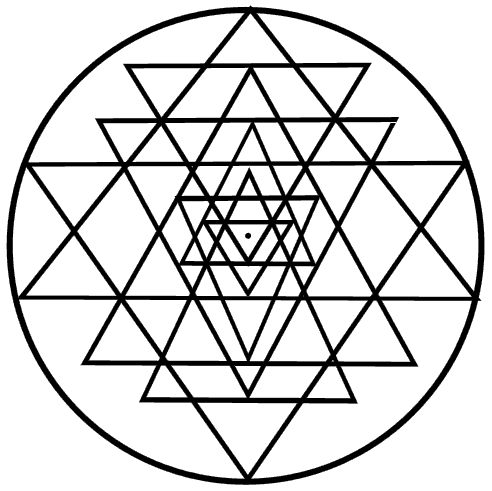
Yantra is a geometric diagram used in Hindu and Buddhist meditation and tantric practices. It serves as a tool for focusing the mind and evoking specific spiritual states.
Yantras are often associated with particular deities and are used to harness and channel spiritual energies. They are composed of sacred geometrical shapes like triangles, circles, and lotus petals, each symbolizing different aspects of the divine.
12. Rigpa
Rigpa is a Tibetan Buddhist term referring to the innate awareness and clarity of the mind. It represents the fundamental, pure state of consciousness that is always present but often obscured by mental distractions and ignorance.
Realizing and abiding in Rigpa is considered the essence of Dzogchen practice and leads to enlightenment.
13. Shunyavada
Shunyavada is the doctrine of emptiness in Mahayana Buddhism. It asserts that all phenomena are empty of inherent existence and that their true nature is voidness (shunyata).
Understanding and experiencing this emptiness is essential for overcoming attachment and achieving enlightenment.
14. Tao
Tao (or Dao) is a fundamental concept in Taoism representing the ultimate reality and the natural order of the universe. It is described as the source and principle underlying everything that exists.
Tao cannot be fully comprehended or described but can be experienced through living in harmony with nature and following the principles of simplicity, humility, and compassion.
15. Siddhi
Siddhi refers to supernatural powers or abilities attained through spiritual practices and discipline. In Hinduism and Buddhism, siddhis can include abilities such as clairvoyance, healing, and telepathy.
While these powers can be seen as signs of spiritual advancement, true spiritual teachers often emphasize that the ultimate goal is liberation, not the pursuit of siddhis.
16. Nous
Nous is a Greek term meaning “intellect” or “divine mind.” In Neoplatonism and early Christian mysticism, nous refers to the highest aspect of human consciousness, capable of directly apprehending spiritual truths and the divine.
It is considered the faculty that enables humans to perceive the underlying reality beyond the material world.
17. Maya
In Hinduism, Maya, which translates to “illusion,” represents the deceptive nature of reality that conceals the true, unchanging nature of the self and ultimate reality. Overcoming the illusion of Maya is essential for attaining spiritual enlightenment.
18. Kensho
Kensho is a Japanese term in Zen Buddhism referring to a brief, initial experience of enlightenment or insight into the true nature of existence. It is often described as a sudden, transformative realization that brings clarity and understanding.
Kensho is considered an important step on the path to deeper, sustained enlightenment.
19. Dhyana
Dhyana is a Sanskrit term for meditation or sustained concentration. Dhyana involves deep, uninterrupted focus on an object of meditation, leading to a state of inner stillness and unity.
It is a precursor to the state of samadhi, where the meditator merges with the object of meditation.
20. Ahamkara
Ahamkara is a Sanskrit term meaning “ego” or “I-maker.” It represents the aspect of the mind that creates a sense of individuality and self-identity. Ahamkara is responsible for the feeling of separateness from the rest of existence.
In spiritual practice, reducing the influence of ahamkara is essential for realizing the true, interconnected nature of the self and the universe.
The words presented here transcend mere definitions. As you reflect on them, they gradually unveil deeper truths.
Dive into their essence to reveal profound insights and enhance your spiritual journey.



